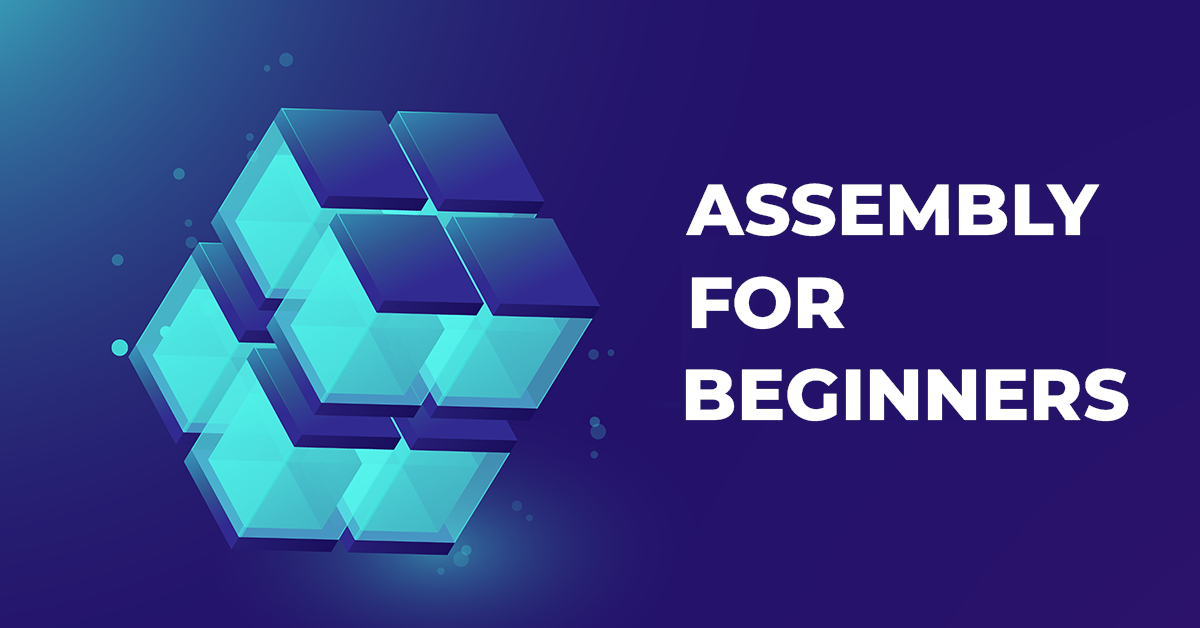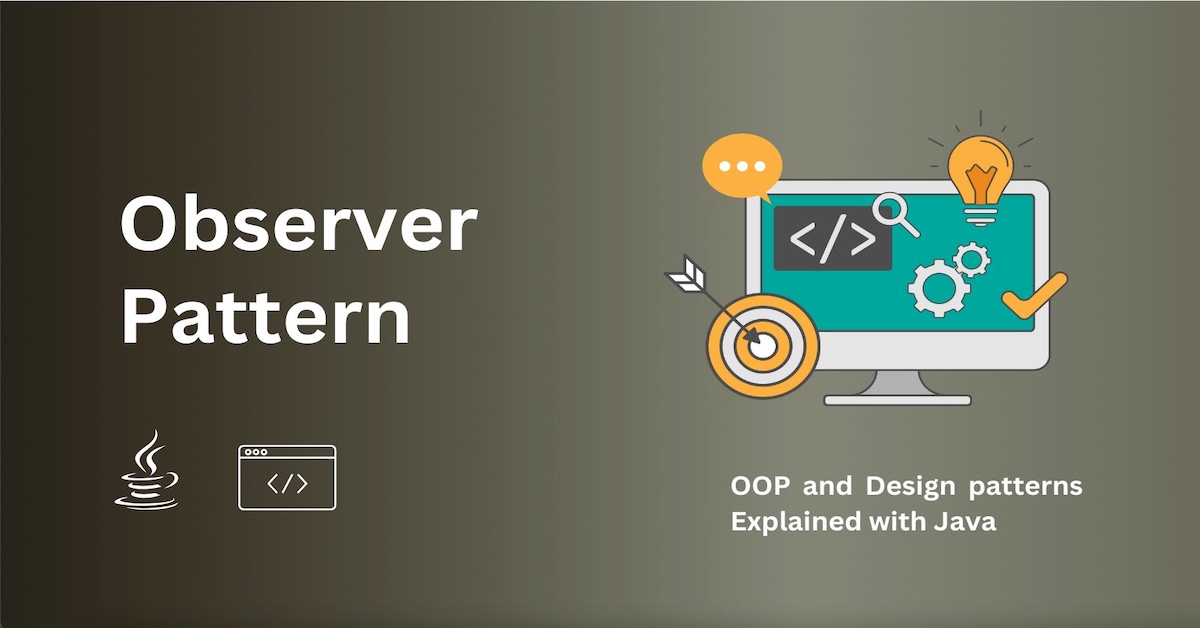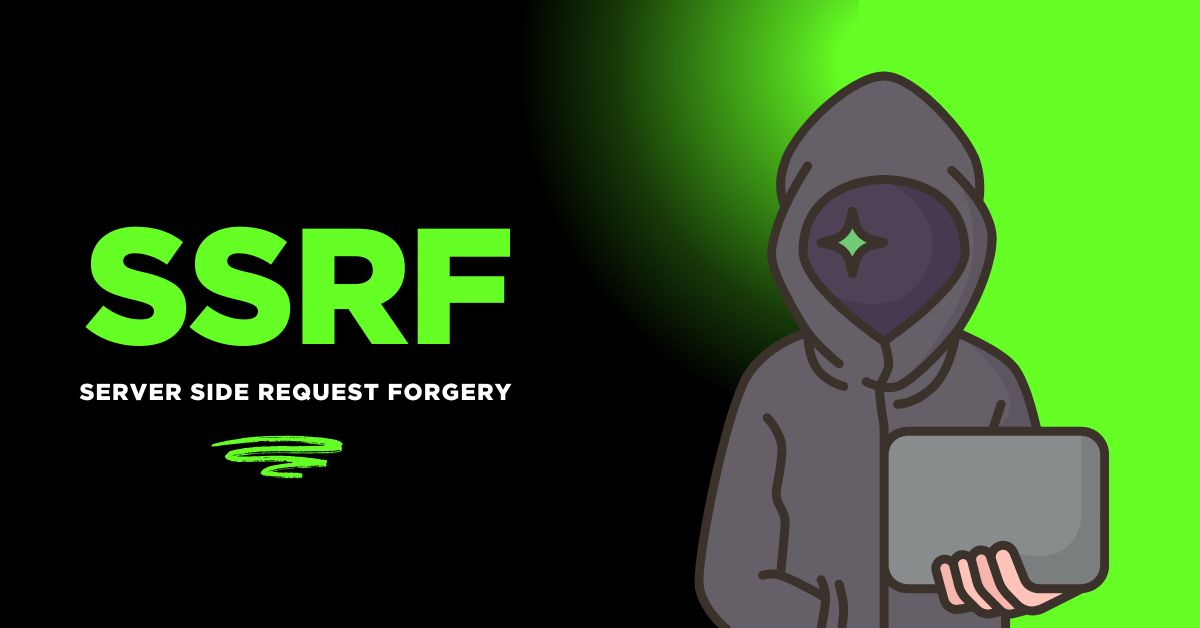CI/CD concepts - Interview preparation guide
What is CI/CD?
CI/CD stands for Continuous Integration and Continuous Delivery/Deployment.
CI is the practice of automatically integrating code changes from multiple contributors into a shared repository, often multiple times a day, and running automated tests to detect issues early.
CD refers to two related practices:
Continuous Delivery: Automatically preparing code changes for release to production.
Continuous Deployment: Automatically deploying every code change to production without manual intervention.
What are the key benefits of CI/CD?
-
Faster release cycles
-
Early detection of bugs
-
Improved code quality
-
Reduced integration issues
-
Consistent deployment process
-
Better collaboration between development and operations
What tools are commonly used for CI/CD?
-
CI Tools: Jenkins, GitHub Actions, GitLab CI, CircleCI, Travis CI, Bamboo
-
CD Tools: Spinnaker, Argo CD, Flux
-
Supporting tools: Docker, Kubernetes, Terraform, Ansible, Helm
What is the difference between Continuous Delivery and Continuous Deployment?
- Continuous Delivery prepares code for production release but requires manual approval to deploy.
- Continuous Deployment automatically deploys code to production without manual steps.
What is a pipeline in CI/CD?
A pipeline is a set of automated steps that code goes through from commit to deployment. It typically includes stages like:
- Code checkout
- Build
- Test
- Package
- Deploy
How do you handle secrets and sensitive data in CI/CD pipelines?
- Use secret management tools like HashiCorp Vault, AWS Secrets Manager, or GitHub/GitLab secrets.
- Avoid hardcoding secrets in scripts or code.
- Use environment variables securely provided by the CI/CD platform.
What is the role of containers in CI/CD?
Containers (e.g., Docker) ensure that applications run in consistent environments across development, testing, and production. They help:
- Speed up build and deployment
- Simplify dependency management
- Improve scalability and isolation
How do you ensure quality and security in a CI/CD pipeline?
- Add unit, integration, and end-to-end tests
- Include linting and static code analysis
- Use security scanners (e.g., Snyk, Trivy, SonarQube)
- Conduct vulnerability checks for dependencies and containers -Apply approval workflows for production deployments
What are some challenges you’ve faced in implementing CI/CD?
- Long pipeline execution times
- Flaky tests slowing down deployment
- Environment mismatches between dev and prod
- Managing secrets and credentials securely
- Resistance to cultural change within teams
How would you implement a rollback strategy in a CI/CD pipeline?
- Maintain previous builds/artifacts for quick redeployment
- Use blue-green deployments or canary releases
- Automate rollback steps in case of failed health checks
- Monitor production health post-deployment and trigger rollback on anomalies
What is Infrastructure as Code (IaC) and how does it relate to CI/CD?
IaC is managing and provisioning infrastructure using code and automation tools like Terraform, CloudFormation, or Ansible. In CI/CD, IaC ensures:
- Consistent environments
- Version-controlled infrastructures
- Easy automation of infrastructures






